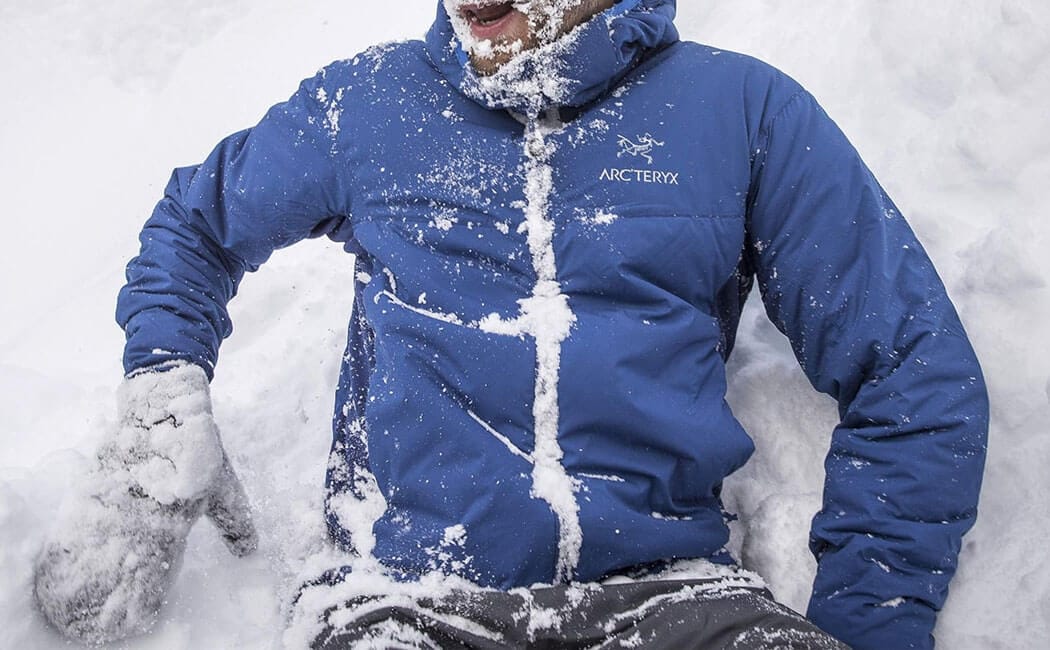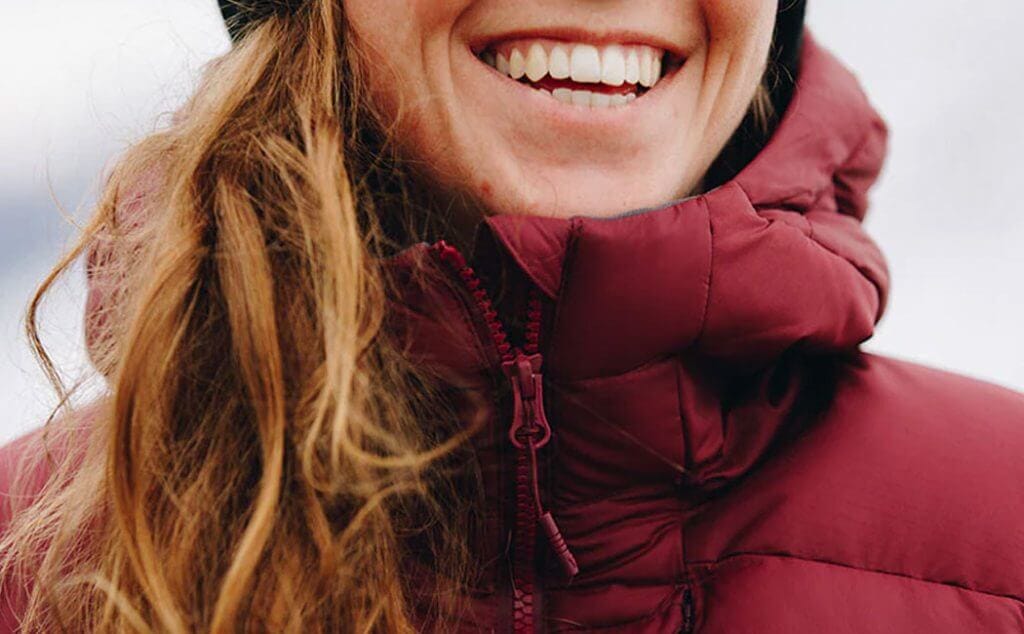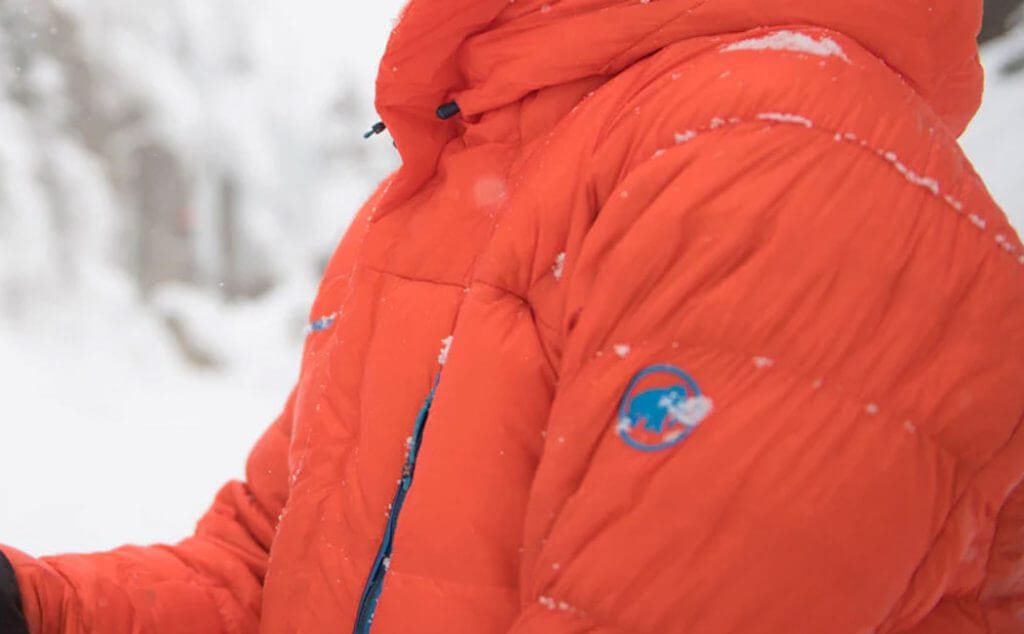
How To Choose Insulated Outerwear?
Staying warm is essential for enjoying freezing temperatures. Insulated outerwear are available in various weights, styles, and fill materials. If you’re feeling uncertain, here’s a breakdown of the two fundamental types of insulation and how you can make a choice between them.
The core principle behind insulated jackets (and other items like sleeping bags or mittens with insulation) remains consistent: tiny spaces between down filaments or polyester strands trap air, providing warmth in cold conditions. Materials with greater loft (or puffiness) contain more air, resulting in a higher warmth-to-weight ratio. Generally, down is lighter, more compressible, and longer-lasting than synthetic insulation. However, it’s pricier and loses its insulating ability when wet. Conversely, synthetic insulation is slightly heavier, less compressible, and tends to wear out quicker. But it offers the advantage of being more budget-friendly (usually) and maintaining insulation even when wet. Your decision should hinge on your budget and how you intend to use the jacket.
It’s important to select the right insulated outerwear based on your specific needs and the conditions you’ll be facing. The choice of insulation type, thickness, and other features should be tailored to the activities and weather conditions you expect to encounter.
Here are some key aspects of insulated outerwear:
- Insulation Materials: Insulated outerwear is characterized by the presence of insulation materials. The most common insulation types are:
– Down: Insulated with natural down feathers (usually from ducks or geese), down jackets and coats are lightweight and offer excellent warmth. Down is known for its high warmth-to-weight ratio.
– Synthetic Insulation: Made from synthetic materials like polyester, these insulating fibers mimic the warmth-trapping properties of down. Synthetic insulation can perform better than down in wet conditions, as it retains its insulating properties when damp.
– Fleece: Fleece is a soft, insulating material often used in mid-layer garments. It’s not as warm as down or synthetic insulation but is highly breathable and provides good warmth in less extreme conditions. - Outer Shell: The outer shell of insulated outerwear is designed to protect the insulation and the wearer from the elements. It may have water-resistant or waterproof properties to keep moisture (rain, snow) from penetrating. Many insulated jackets and coats are also windproof to block cold wind.
- Design and Style: Insulated outerwear comes in various styles, including jackets, coats, vests, and more. Styles can range from casual to more formal, and they may have different features like hoods, pockets, and adjustable cuffs to enhance functionality.
- Temperature Rating: Some insulated outerwear may have a temperature rating that indicates the lowest temperature at which the garment is intended to provide adequate warmth. These ratings can help you choose the right gear for specific conditions.
- Layering: Insulated outerwear can be used as a top layer in very cold conditions or as an intermediate layer under a waterproof or windproof shell for added protection against the elements.
- Versatility: Insulated outerwear is suitable for a wide range of cold-weather activities, including winter sports (skiing, snowboarding), hiking, casual wear, and more. The choice of insulation type and outer shell will depend on the intended use.
- Durability: High-quality insulated outerwear is often constructed to withstand regular use and is made to be durable and long-lasting.
It’s important to select the right insulated outerwear based on your specific needs and the conditions you’ll be facing. The choice of insulation type, thickness, and other features should be tailored to the activities and weather conditions you expect to encounter.


Water-Resistant Down:
While down feathers provide exceptional warmth, they possess a vulnerability: susceptibility to moisture. Water-resistant down is essentially down insulation treated with a water-resistant coating on a molecular level. Prior to being integrated into a jacket, each individual feather undergoes treatment with a unique nanomolecular coating, endowing the feather with moisture resistance (also known as a hydrophobic coating). Given that this coating is applied at an incredibly minute scale, it adds negligible weight and leaves the lofting capacity of the down feathers unaffected, ensuring no compromise in warmth.

Weight & Packability:
Your preferences may dictate whether you require a jacket that can be efficiently packed or one that offers minimal weight. For backpackers, ski tourers, bikepackers, and similar enthusiasts, these considerations can often take precedence over any additional jacket features. Down jackets boasting a fill power of 800 or higher exhibit superior compressibility, rendering them ideal for individuals aiming to travel swiftly and with minimal baggage. Conversely, if your jacket needs primarily revolve around urban wear or casual outings, these factors may hold less significance in your day-to-day usage.
Here you can find another article on the same topic.
RECENT POSTS
- Unveiling Distinctions: A Comprehensive Guide to Coats vs. Jackets for All Seasons
- The Ultimate Guide to Men’s Winter Coat and Jacket Styles: A Fashion Odyssey
- 12 stylish winter coat styles for ladies to keep you warm
- How to Choose a Parka
- Choosing the Perfect Winter Coat


Leave a Reply